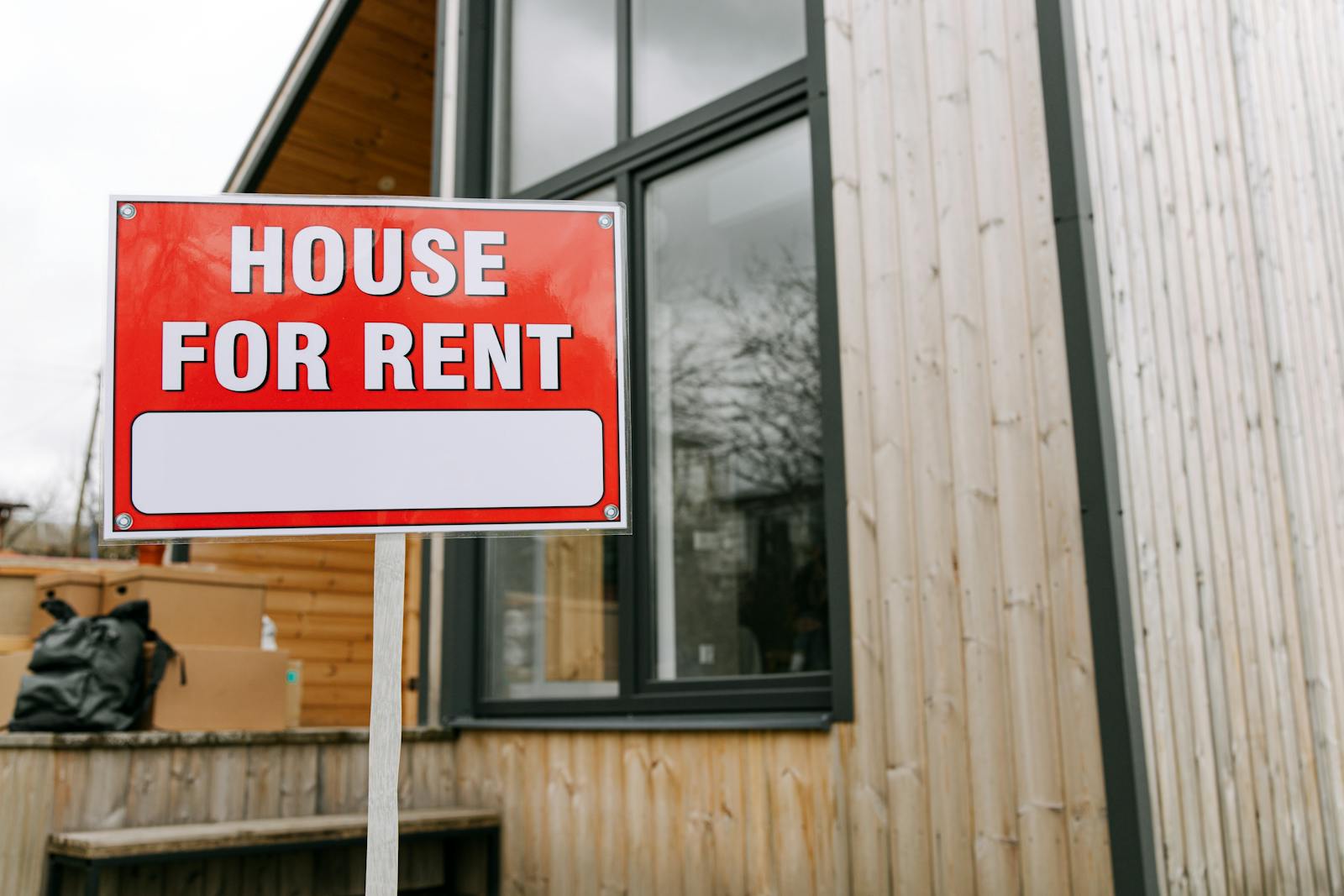Your Guide to Safer Tenants, Stronger Screening, and Fewer Rental Risks
The rental landscape in Ontario continues to shift, and landlords across the Greater Toronto Area face more challenges than ever. From stricter regulations to rising application fraud, managing a rental property without a clear strategy is risky.
At GTA Landlord, our goal is to give landlords the tools and support they need to protect their investments and stay compliant.
Here’s how GTA landlords can stay ahead in 2025.
Strong Tenant Screening Is Your First Line of Defense
Good tenants make good rentals. A single bad applicant can lead to months of unpaid rent, property damage, and long LTB delays.
Effective screening includes:
• Verified income and employment
• Full credit checks
• Valid government ID matching the application
• Rental history with confirmed landlord references
• Fraud detection (fake documents are increasing in Ontario)
Many landlords lose money because they skip these steps or rely on incomplete information.
Always Use a Legally Compliant Lease
Ontario’s Standard Lease Agreement is mandatory. Using outdated or non-compliant leases leaves landlords unprotected.
A proper lease clarifies:
• Rent amount and due dates
• Utility responsibilities
• Rules for the property
• Required notices
• Consequences of lease violations
Clear documentation prevents disputes and protects you at the Landlord and Tenant Board.
Document the Condition of Your Rental
Before move-in, complete a detailed inspection with photos and timestamps. This protects you if damages occur.
Document:
• Walls, floors, and appliances
• Washrooms and kitchens
• Balconies and exterior access
• Existing wear and tear
A signed inspection record avoids arguments about responsibility later.
Understand Ontario’s Legal Timelines
Ontario’s rental system has very strict rules around notices and procedures.
Incorrect forms or missed steps can delay eviction by months.
Key areas landlords must understand:
• N4 – Non-payment of rent
• N5 – Damage or disturbance
• N12 – Landlord’s own use
• LTB hearing process and wait times
Knowledge of these timelines is essential to avoid costly mistakes.
Keep Communication Professional
Clear written communication helps resolve issues faster and protects you if a dispute arises.
Good communication means:
• Confirming conversations in writing
• Keeping all records organized
• Responding promptly but professionally
• Avoiding emotional or confrontational messages
A calm, documented approach is the safest path for landlords.
Consider Professional Management Support
Many GTA landlords now choose management services because the rental process has become more complex.
A management partner prevents mistakes, screens tenants thoroughly, handles maintenance, and ensures legal compliance.
This is especially helpful for:
• First-time landlords
• Investors with multiple properties
• Owners living outside the GTA
• Busy professionals
Professional support reduces stress and helps you get better long-term results.
Final Thoughts
Being a landlord in Ontario requires strong systems, legal knowledge, and careful screening. With the right strategy, you can protect your property, avoid problem tenants, and enjoy stable rental income.
GTA landlords looking for support can explore more tools, guides, and assistance at:
👉 https://gtalandlord.ca/
FAQs for GTA Landlords
1. What is the biggest mistake landlords make in Ontario?
Poor screening. Most rental problems begin with accepting the wrong tenant.
2. Can I choose my tenant based on income?
You may assess affordability, but decisions must follow human rights guidelines.
3. How long does it take to evict a tenant in Ontario?
Timelines vary. Non-payment cases can take several months depending on LTB backlog.
4. What documents should I collect from a tenant?
Application form, ID, income proof, credit check, and past landlord references.
5. Should I hire a property management company?
Many landlords benefit from professional screening and legal compliance support, especially in Ontario's strict rental system. You can check turnkeyrentalmanagement.com












